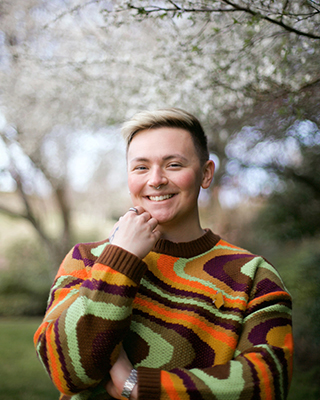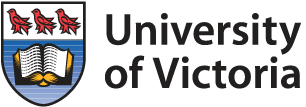Audi has a unique and vital role at the IMP. As a Clinical Teaching Associate (CTA), he is both an instructor and a patient to IMP medical students.
Audi and his fellow CTAs use their own bodies to teach students how to perform sensitive physical examinations – such as chest, gynecological, and urogenital exams – in a safe and respectful way. As CTAs are usually community members trained for the role, their lessons also provide a distinct patient-centred focus to medical education.

“The IMP and its Patient Program are so grateful to CTAs like Audi,” says Sammie Gough, Patient Program Coordinator. “They help students develop respectful and inclusive ways to communicate, as well as share techniques to ensure a safe and comfortable experience for future patients.”
We sat down with Audi to ask him about his time as a CTA and how he creates inclusive learning spaces where consent, curiosity, and personal experience are acknowledged and valued.
Hi! Could you introduce yourself?
Hi! I’m Audi, and I am a queer, transgender nursing student and harm reduction worker. I am a settler of English, Irish, and Danish ancestry, raised here on lək̓ʷəŋən territories / Victoria.
How long have you been a CTA?
Nine months.
What originally inspired you to join the CTA program?
I chose to become a CTA because I wanted to be a part of the hands-on learning process with medical students. I’m passionate about facilitating a brave space where students can not only be curious, ask questions, and integrate their knowledge with a trans patient present, but they can do so in a way where way where my consent and lived experience are valued and respected.
What unique perspectives and experiences are you able to share with medical students?
As a nursing student, I know what it is like to be on the other side of the table as a healthcare professional. As a patient, I also know what it is like to experience a lack of trans-literate, trauma-informed care. I believe these have made me effective at teaching and engaging with students in a way that showcases trans bodies as healthy and normal while also holding space for how complex it can be to be, well, a healthcare student!
CTAs use their own bodies to teach students how to perform sensitive exams. Why do you think it’s important to combine the role of teacher and patient?
Combining the role of teacher and patient is a way to explicitly illustrate how important the patient-provider relationship is in creating positive health outcomes. In short, patients are our best teachers because they each have their own experiences, goals, and needs that we as healthcare providers need to know. It really emphasizes the importance of patient-centered care.
What motivates you to continue participating in the program?
The difference I can make in providers’ approaches to care. I have been able to share my experience and healthcare journey as a queer and trans person, and I can see how important this is to medical students who may have never met someone like me before as a patient.
Do you have any particular memories of your time as a CTA that you’d like to share?
One of the first times I worked with the medical students, I was invited by the supervising physician to speak to the group about gender-neutral language for the body. At the end of session, the physician thanked me for being so open about the topic because they wanted to ensure their students knew how to be inclusive but had never learned the appropriate language themselves. I still think about how transformative that day was for me, and it was all because an experienced physician felt comfortable enough to identify their gap in knowledge while ensuring their students had the opportunity to learn.
What advice would you give to anyone thinking of becoming a CTA?
If you feel comfortable with your body and have a passion for engaging in a teaching role, this is for you. If you’re unsure, reach out! Sammie is an amazing coordinator, as are the other staff, and they can help you figure out if this is the right role for you.
The CTA program is currently accepting applications for new participants. For more information about this opportunity, visit the IMP website or contact Sammie Gough at patientprograms@uvic.ca.
